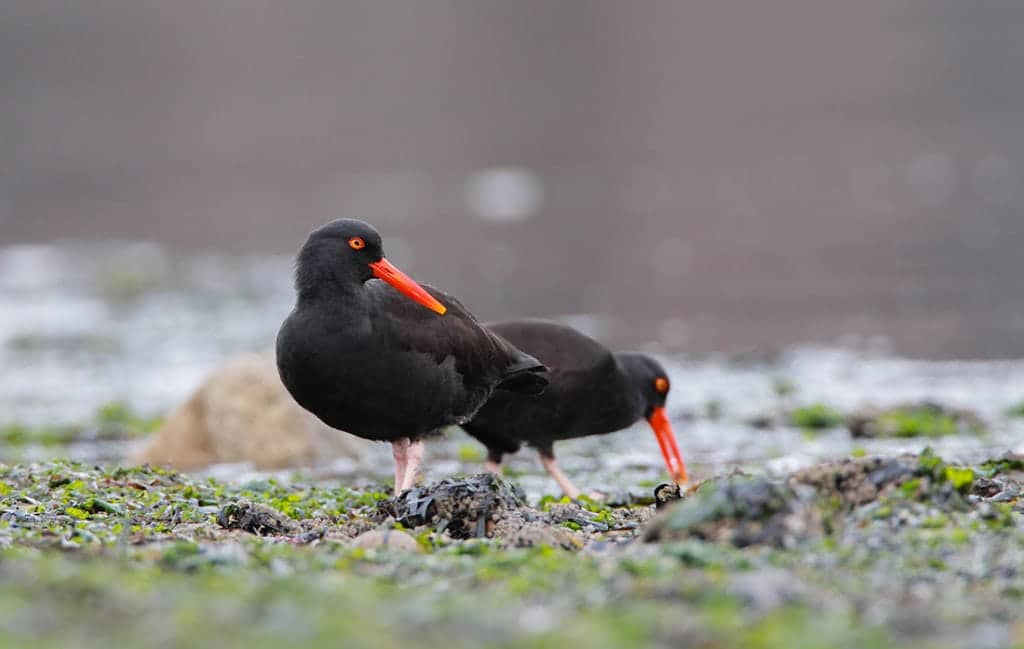
Rocky habitats support a wealth of marine life, including colonial nesting seabirds, marine mammals, kelp beds, and thousands of fish and invertebrate species, yet they are under the increasing threat of climate change impacts as well as growing human use. During the record-breaking June heatwave, many media stories emerged about massive die-offs in the Northwest—estimates of over a billion intertidal animals—due to the heat wave coinciding with extreme low tide events. These reports bring front and center the need to do all we can to protect these critical habitats.
As part of the process, the public was invited to nominate new sites for stronger conservation protections. If approved, sites could receive one of three designations: Marine Research Area, Marine Education Area, or Marine Conservation Area. Bird Alliance of Oregon has been working with coastal organizations and communities to facilitate this process.
This past spring, the proposals were evaluated by an advisory working group led by the Department of Land Conservation and Development (DLCD). Unfortunately, there have been real challenges and shortcomings: the process had no formal mechanism set up for a collaborative “back and forth” exchange between agencies and the proposers, nor were there objective criteria for scoring proposals. This led to a politicization of the process and proposals being evaluated without clear guidelines and sometimes based on misinformation.
Despite these challenges, two proposals moved forward to the Ocean Policy Advisory Council (OPAC): Coquille Point as a Marine Education Area, and Cape Blanco as a Marine Research Area. These two sites have long been deemed critical for stronger protection, including in the original 1994 Rocky Habitat Management Plan. Six other sites proposed as Marine Conservation Areas remain on the table as “continuing consultation” proposals to be evaluated in the coming months: Ecola Point and Chapman Point, nominated by the North Coast Rocky Habitat Coalition; Cape Lookout and Cape Foulweather, nominated by Bird Alliance of Oregon Society of Lincoln City; Blacklock Point, nominated by Oregon Shores Conservation Coalition; and Fogarty Creek, nominated by a coastal resident. Several of these sites have had recognized importance in conservation for decades.

During this lull in the process, our coalition worked to develop detailed recommendations on how DLCD can improve the rocky habitat evaluation process. In July, we were invited by DLCD to present those recommendations in a workshop organized by the agency to improve the process. We believe they were received well and hope this sets a precedent for a more collaborative approach to improve the process as we move forward.
In September, DLCD will present to OPAC a “new and improved” rocky habitat proposal evaluation process. Leading up to this, we plan to work hard to ensure that our recommendations are strongly considered and incorporated into the new process. Stay tuned for an opportunity to provide public comment. Later this fall, DLCD will get back to reviewing the six “continuing consultation” site proposals. We will work with our coastal partners to do all we can to move these proposals forward.



